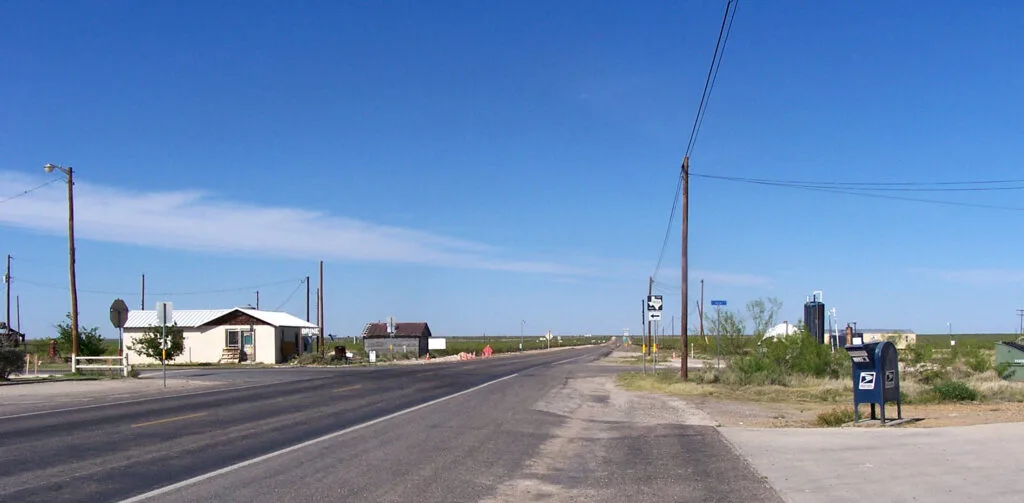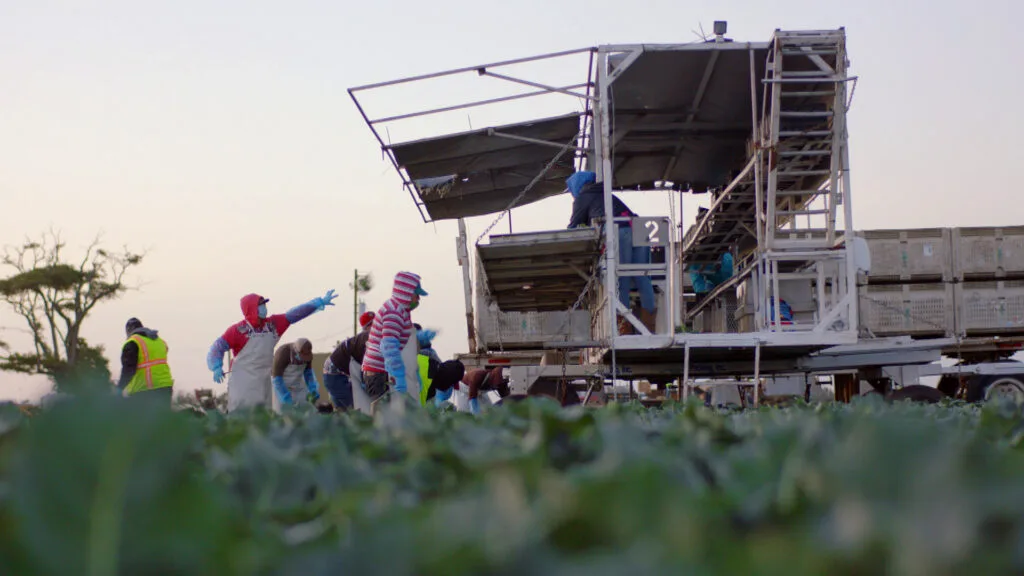And Then There Were Four: The Last U.S. Counties Reporting No COVID Cases

By
Zoe ToddOctober 7, 2020
Share
With its first COVID-positive diagnosis in early October, Nebraska’s Hayes County fell off the dwindling list of U.S. counties that haven’t yet recorded a single case of the coronavirus.
Myra Stoney, the Southwest Nebraska Public Health Department director, told FRONTLINE last week it was just a matter of time. “Most of the communities are thinking it’s not if but when we get our first case,” Stoney said.
Four counties remain: all sprawling, sparsely populated and majority white. The list includes Loving and King Counties in Texas, Esmeralda County in Nevada, and Wheeler County in Oregon, according to data from the CDC and the Johns Hopkins Coronavirus Resource Center. The four counties have a combined population of about 2,700 people. Only one, Wheeler County in central Oregon, has a population of more than 1,000 people.
With roughly 1,400 residents across its rugged 1,700 square miles, Wheeler County has been “social distancing here as a lifestyle for a long time,” said its public health program coordinator, Karen Woods. When news first spread of an impending coronavirus and the recommended safety measures, Woods recalls one local rancher joked: “Six feet? Ain’t that a little close?”
To date, all 168 COVID tests reported by the state for Wheeler County have come back negative, according to data from the Oregon Health Authority. The data also shows that even though Wheeler County has recorded the lowest number of tests in Oregon, its testing rates are comparable to other counties in the state that have reported positive COVID tests.
Woods attributes the lack of COVID cases in Wheeler County to prayer and voluntary precautions by a small, secluded community. The county followed state guidelines, Woods said, and people running nonessential businesses chose to limit their services accordingly.
Volunteers distributed handmade cloth masks at grocery stores, even before the state mandated face coverings. Churches shifted services outdoors, and customers chose to line up outside rather than inside the post office, Woods said.
Still, she’s wary of the encroaching virus and its threat to vulnerable members of the community. As of October 7, all seven counties surrounding Wheeler had recorded a combined 1,503 confirmed and presumptive cases and 21 deaths.
“As soon as it gets cold and people start coughing and sneezing … I think there’s going to be a great deal more concern,” Woods said. “But it’s difficult. We’ve been brainstorming about it: ‘What can we do?’ I think we’ve done about all the mitigation efforts that we can think of.”
Wheeler County includes an assisted living facility, and more than 40 percent of its population is 62 or older, U.S. Census Bureau data shows. Overall, three of the four U.S. counties without known COVID-19 cases have populations where at least a quarter of the people are 62 or older.
Older adults have a greater risk of severe illness from COVID-19, according to the Centers for Disease Control and Prevention. The agency also warns that rural communities in the United States have “long-standing systemic health and social inequities,” which can increase the risk of contracting COVID-19 or becoming severely ill.
Rohan Khazanchi, a medical student at the University of Nebraska Medical Center, led an early study published in June on whether certain U.S. counties are more vulnerable to the novel coronavirus pandemic than others. His research showed that, in urban and rural settings alike, social vulnerability — or a community’s resilience to difficulties, including disease outbreaks — is associated with the risk of being diagnosed with COVID-19 or even dying of the virus.
Counties with more minority groups or people with limited English proficiency are most vulnerable, the study found. Khazanchi emphasized that the virus does not discriminate by race or language, but that overlapping factors can increase a person’s risk; for example, if someone who has recently immigrated to the United States works in a high-exposure environment, such as food supply, and also struggles to understand health directives given in English. FRONTLINE investigated the challenges facing farm workers, many of them immigrants, in COVID’s Hidden Toll.
Khazanchi said it’s unclear exactly why a handful of U.S. counties have managed to escape the global pandemic. Even if a county hasn’t recorded a single case of COVID-19, Khazanchi said that doesn’t mean its people are not vulnerable to the virus. “It’s hard to know exactly what would happen if the virus got there,” he told FRONTLINE.
Over the summer, officials in Nevada’s Esmeralda County faced the prospect of their first known COVID case. The county doesn’t have its own medical facility, and residents must visit a neighboring jurisdiction to get tested, said Tim Hipp, vice-chair of the Esmeralda County Commission.
When one test came back positive for someone in the Esmeralda County community of Goldfield, population 268, “everyone was notified,” Hipp said. “Everyone was freaking out.”
Fewer than 1,000 people live in Esmeralda County, and nearly one-third are 65 or older, with the nearest hospital more than two hours’ drive south, in Las Vegas. “A lot of retirees come here,” Hipp said. “It could be extremely dangerous for the population that is here.”
As it turned out, the zip code for the positive test had been entered incorrectly, Hipp said. Esmeralda County remained COVID-free.
To date, 109 people — just over 10 percent of Esmeralda’s population — have tested negative for COVID, Hipp said, although he wonders if the virus already passed through the county and was mistaken for the flu or cold symptoms.
“I can’t believe we’re still COVID-free at this point in the game,” Hipp said. “I’m a little nervous about talking about the subject because I don’t want to jinx it.”

Related Documentaries
Latest Documentaries
Related Stories
Related Stories
Policies
Teacher Center
Funding for FRONTLINE is provided through the support of PBS viewers and by the Corporation for Public Broadcasting. Additional funding is provided by the Abrams Foundation; Park Foundation; the John D. and Catherine T. MacArthur Foundation; and the FRONTLINE Journalism Fund with major support from Jon and Jo Ann Hagler on behalf of the Jon L. Hagler Foundation, and additional support from Koo and Patricia Yuen. FRONTLINE is a registered trademark of WGBH Educational Foundation. Web Site Copyright ©1995-2025 WGBH Educational Foundation. PBS is a 501(c)(3) not-for-profit organization.



















